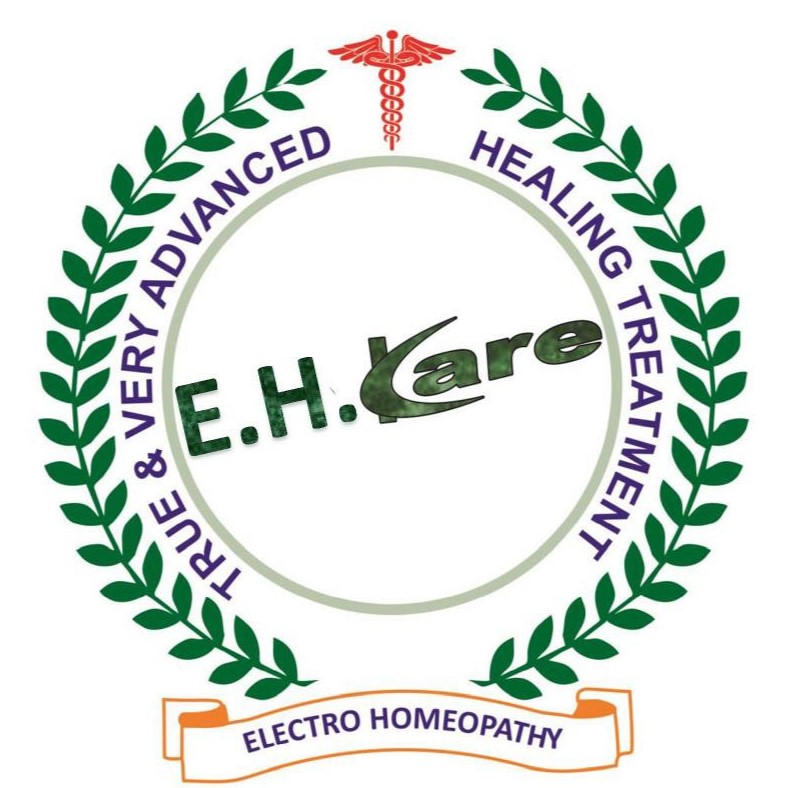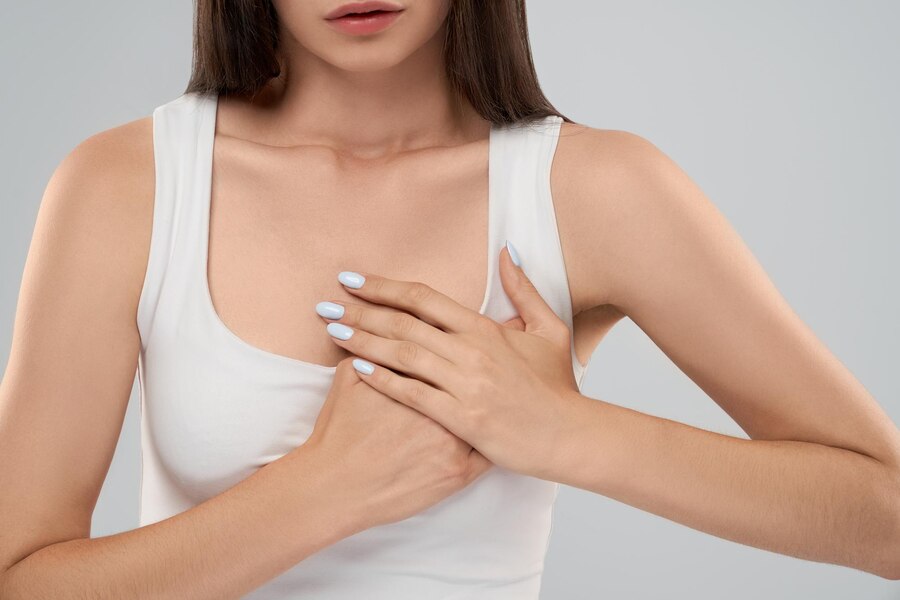Overview
Breast cysts are fluid-filled sacs that develop within the breast tissue. They are usually non-cancerous (benign) and can occur in one or both breasts. Breast cysts are common in women, especially those between the ages of 30 and 50. At E H Care, we provide expert diagnosis and treatment to manage breast cysts effectively and ensure breast health.
Symptoms
- Round or oval lumps in the breast, often smooth and movable
- Tenderness or pain in the affected area
- Increase in lump size before menstruation and decrease afterward
- Clear, yellow, or dark brown nipple discharge (in some cases)
- Feeling of fullness or heaviness in the breast
When to See a Doctor
Seek medical attention if you experience:
- A new lump in your breast that does not go away
- Painful or growing lumps
- Changes in the size, shape, or appearance of the breast
- Bloody or unusual nipple discharge
- Skin changes over the lump, such as redness or dimpling
Causes
The exact cause of breast cysts is unknown, but they are linked to:
- Hormonal Fluctuations: Changes in estrogen levels can contribute to cyst formation, often seen before menstruation.
- Blocked Milk Ducts: Fluid buildup in the milk glands may lead to cyst formation.
- Age-Related Changes: Breast tissue naturally changes over time, increasing the likelihood of cysts in premenopausal women.
Types of Breast Cysts
- Simple Cysts – Fluid-filled sacs with thin walls, usually harmless and require no treatment unless painful.
- Complex Cysts – Contain thick fluid or debris and may need further evaluation to rule out complications.
- Multiple Cysts – Some women develop clusters of cysts, leading to lumpiness in the breasts.
Risk Factors
- Being between 30 and 50 years old
- Hormonal imbalances, especially related to menstruation or menopause
- History of breast cysts or fibrocystic breast condition
- Use of hormone therapy or birth control pills
- High caffeine consumption (may contribute to cyst formation in some women)
Complications
- Persistent pain or discomfort
- Anxiety and stress due to lump detection
- Rarely, complex cysts may require biopsy to rule out malignancy
Prevention
While breast cysts cannot always be prevented, you can reduce risks by:
- Maintaining Hormonal Balance: Managing stress and following a healthy lifestyle can help regulate hormones.
- Reducing Caffeine and Salt Intake: Some women find that limiting these can reduce cyst formation.
- Regular Breast Self-Exams: Helps in early detection of any new lumps or changes.
- Routine Mammograms and Check-Ups: Early detection ensures timely management.
Treatment at E H Care
At EH Care, treatments are completely non-surgical and use the power of natural plant extracts. These plant-based solutions are safe, gentle, and free from harmful side effects. The therapy focuses on healing from within, offering a healthier and more balanced way to treat health problems. Every treatment is carefully designed to support the body’s natural recovery process. With no use of chemicals or surgery, EH Care provides a soothing and effective path to long-lasting wellness.

